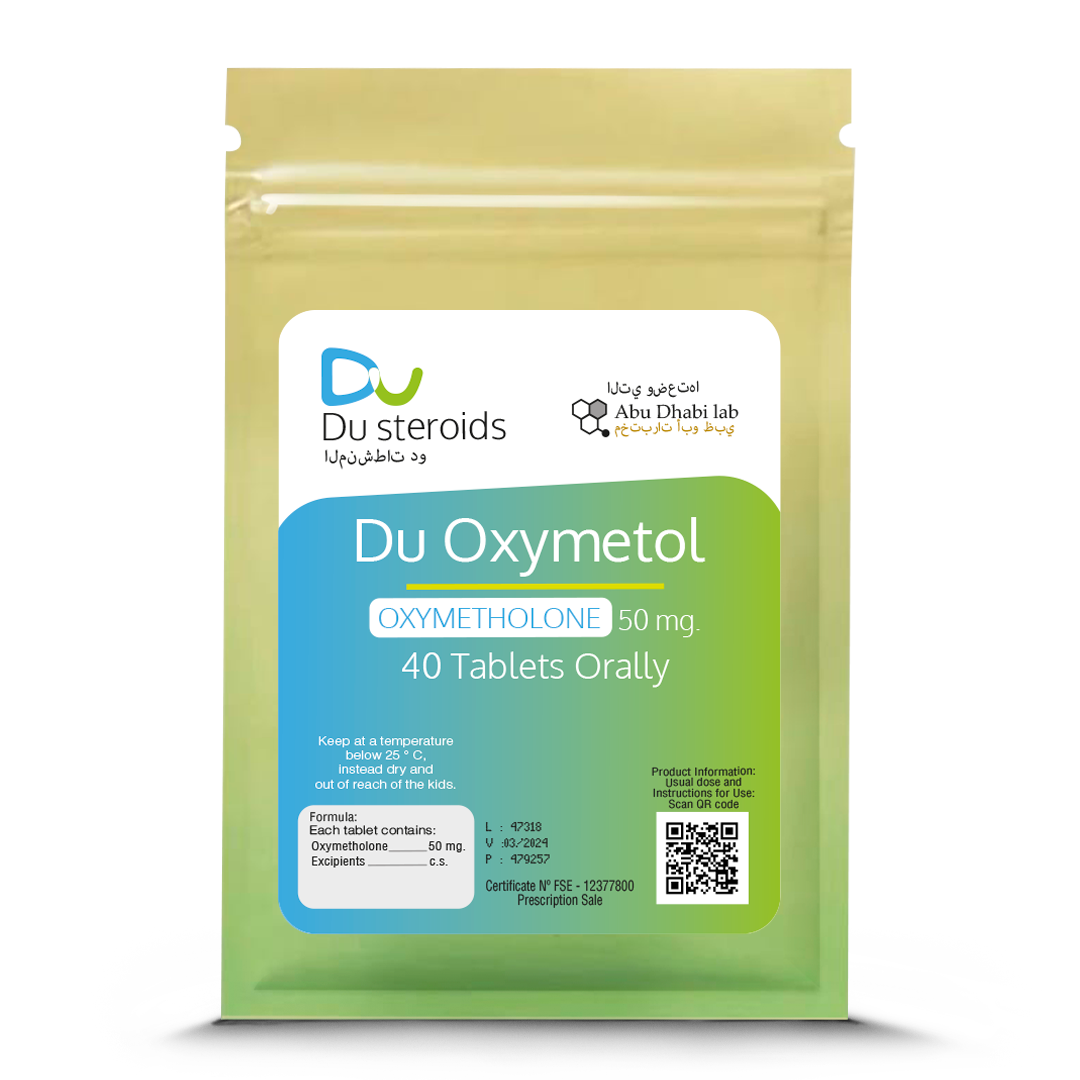



Properties
Du Oxymetol contains oxymetholone, a powerful androgenic anabolic drug. It is indicated in the treatment of anemias caused by the deficient production of red blood cells. Oxymetholone accentuates the production of erythropoietin in patients with anemia due to bone marrow deficiency and often stimulates erythropoiesis in anemia due to erythrocyte production deficiency.
Indications
Oxymetholone (50 mg.) Is indicated in the treatment of anemias caused by poor red blood cell production. Acquired aplastic anemia, congenital aplastic anemia, myelofibrosis and anemias due to the administration of myeloxic substances, often respond to treatment. The administration of oxymetholone (50 mg.) Should not exclude other support measures, such as: blood transfusions, iron correction, folic acid, vitamin B12 and pyridoxine, antibacterial therapy and the appropriate use of corticosteroids.
Contraindications
Before applying the therapy, the doctor must analyze the risks that are run against the needs of the patient. Anabolic agents are generally contraindicated in the following situations:
- Prostate or breast carcinoma in male patients.
- Breast carcinoma in female patients with hypercalcemia; Androgenic anabolic steroids can stimulate osteolytic bone resorption.
- Pregnancy: Oxymetholone may be harmful to the fetus. If the patient becomes pregnant while using the medication, she should be informed of the potential danger to the fetus.
- Nefrosis.
- Hypersensitivity to the drug.
- Severe hepatic impairment.
- Lactation: It is not known if anabolic steroids are excreted in breast milk. Due to the potential risk of adverse reactions in infants with breast milk containing anabolic steroids, the woman who ingests oxymetholone should not breastfeed.
Adverse reactions
- Hepatotoxicity is one of the adverse reactions most associated with anabolic steroid therapy. The reversible increase in retention of bromosulfalein may occur early and appears to be directly related to doses. An increase in serum bilirubin, with or without an increase in alkaline phosphatase transaminase (TGO and TGP), indicates a greater degree of excretory dysfunction. The histological picture is that of intrahepatic cholestasis, with little or no cell damage.
- Virilization is the most common undesirable effect associated with the use of anabolic steroids. Acne may appear frequently. In prepubertal youths, penis enlargement and erection increase, hirsutism and increased skin pigmentation may also occur. In post-pubertal youth of the male sex, testicular function is inhibited with oligospermia, seminal volume is decreased, libido is altered and there is impotence. Testicular atrophy may occur. Chronic priapism, male patterns of hair loss, epididymitis and irritability of the bladder have been notified. In women, hirsutism, thickening of the voice, increased clitoris (which may be irreversible even after discontinuation of medication), abnormal libido and menstrual irregularities may occur. The use of estrogens in combination with androgens does not prevent virilization in women.
- Other adverse reactions associated with androgenic anabolic therapy include: nausea, excitement, insomnia, chills, premature closure of the epiphysis in children, vomiting and diarrhea.
- There are alterations in the thyroid function test: a decrease in GDP, in the ability to conjugate thyroxine to fix radioactive iodine and an increase in T3 fixation by erythrocytes may occur. Free thyroxine is normal. Alterations in the test usually persist, for two or three weeks after stopping the medication. The excretion of 17-ketosteroids is also reduced.
Posology
The recommended dose in children and adults is 1 to 5 mg / kg. Body weight per day. The usually effective dose is 1 to 2 mg / kg / day, but higher doses may be necessary and the dosage should be individualized. The response is not always immediate and a minimum therapeutic test must be performed for 3 to 6 months. After remission, patients can be maintained without the use of the drug and others be kept at lower daily doses, continuous therapy is generally necessary for patients with congenital aplastic anemia.
Restrictions of Use
Hypersensitivity to the drug. Patients with aplastic anemia. Pregnancy. Lactation. Liver failure.
Overdose
Acute toxicity in animals is very low and in humans there are no reports of overdosing, but in case of any symptoms suspend the medication and resort to the Medical Emergency Center.


أعدت للمنشطات دو
برج ليوا بوكس أبو ظبي
Liwa Tower P.O.
Box 904 Abu Dhabi
(9712) 6131 432
